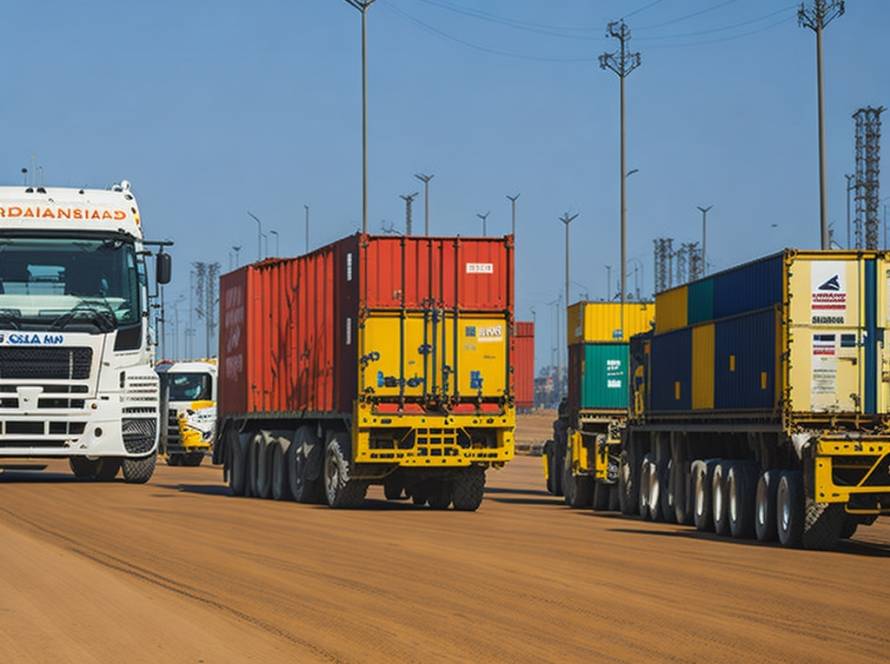As India navigates through the realm of an interim budget, awaiting the outcomes of the impending general elections, the provisions set forth for the shipping and logistics industry come under scrutiny. Let’s delve into the implications of these measures in a more narrative form.
Overall Investment and Infrastructure Boost
The interim budget has allocated a substantial Rs 11 lakh crore (roughly $135 billion USD) to the infrastructure sector, with a significant portion earmarked to bolster logistics and transport. A notable increase in funds for dedicated freight corridors aims to alleviate congestion and reduce logistics costs, signaling a push towards enhancing operational efficiency in the industry.
Driving Efficiency Through Strategic Initiatives
One of the key initiatives outlined in the budget is the development of three major economic railway corridors. These corridors are envisioned to connect industrial clusters and ports, fostering better connectivity and streamlining logistical operations across the country. Furthermore, there is a concerted effort towards promoting inland waterways utilization, particularly leveraging rivers like the Ganga to provide cost-effective transport solutions.
Enhancing Connectivity Across Modes
The budget also lays emphasis on expanding air connectivity by establishing 100 additional airports under the UDAN scheme. This move not only aims to bolster air connectivity for cargo and passengers but also signifies a broader strategy to enhance the overall transport infrastructure in the country. Additionally, support for coastal shipping through incentives underscores the government’s commitment to diversifying transport modes and optimizing logistical routes.
Embracing Integration and Modernization
A noteworthy focus of the interim budget is on multi-modal logistics integration. By seamlessly combining road, rail, water, and air transport modes, the industry stands to benefit from enhanced efficiency and improved supply chain dynamics. The promotion of warehousing infrastructure development underscores the importance placed on modernizing storage facilities to align with evolving industry demands.
Digitization for Streamlined Operations
In line with the digital age, the budget introduces initiatives such as the Unified Logistics Interface Platform (ULIP) and e-logistics platform. These digitalization efforts aim to simplify operations, enhance transparency, and facilitate ease of doing business within the logistics sector.
Looking Ahead: Areas of Uncertainty and Future Prospects
While the interim budget paints a promising picture for the shipping and logistics industry, industry stakeholders await further clarity on specific implementation details. Concrete plans, timelines, and potential measures to ease bureaucratic hurdles and reduce documentation requirements remain areas of uncertainty. Additionally, calls for GST relief on certain logistics services underscore industry demands for a more conducive regulatory environment.
In conclusion, as India treads through this interim financial landscape, it is imperative to acknowledge that these provisions set the stage for potential transformations in the industry post-elections. While optimism surrounds the outlined initiatives, industry experts advise a cautious approach, urging a wait-and-see stance until tangible actions materialize to assess their true impact on the sector’s growth trajectory.


